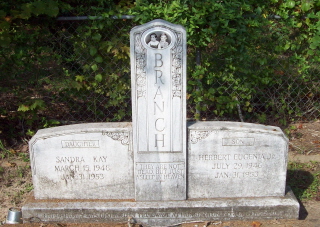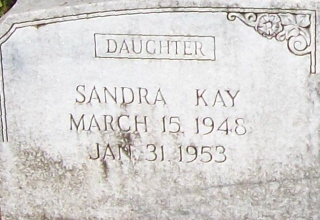UK NEWS
Floods: The fatal tidal surge of 1953
Last Updated: 1:40 AM GMT 12 Nov 2007
Nearly 55 years ago, the UK suffered one of its greatest peacetime disasters when floods battered the east coast of England, claiming the lives of hundreds of people.
On the night of January 31, 1953 the sea swept up to two miles inland, with huge tides surging down the coast between the Tees and the Thames.
By the morning of February 1, 307 people in English coastal towns and villages had lost their lives. About 24,000 homes were damaged and more than 30,000 people moved to safety.
More than 177 were lost at sea in fishing boats, and more than 130 on the Irish Channel ferry Princess Victoria.
About 1,000 miles of British coast, from Shetland to Kent, was affected by the storm, which was caused by a severe depression.
Sea defences burst in more than 1,000 places and the coastline was altered. Coastal towns in Lincolnshire, Norfolk, Suffolk, Essex and Kent were devastated as sea water surged into the streets.
Many people spent a freezing night on rooftops, awaiting rescue by firefighters, police, soldiers or lifeboatmen.
At King's Lynn, Norfolk the sea level was 7ft higher than a normal high tide and a 6ft wave crashed through the centre of the town. More than 60 died between King's Lynn and nearby Hunstanton.
About 13,000 people were evacuated from Canvey Island, Essex and 60 died.
Earlier this year, large parts of England were once again hit by severe flooding.
Large chunks of south-west England, the Midlands, Yorkshire and Humberside were left under water during the summer, causing damage reported as totaling £4 billion.
UK NEWS
Floods: The fatal tidal surge of 1953
Last Updated: 1:40 AM GMT 12 Nov 2007
Nearly 55 years ago, the UK suffered one of its greatest peacetime disasters when floods battered the east coast of England, claiming the lives of hundreds of people.
On the night of January 31, 1953 the sea swept up to two miles inland, with huge tides surging down the coast between the Tees and the Thames.
By the morning of February 1, 307 people in English coastal towns and villages had lost their lives. About 24,000 homes were damaged and more than 30,000 people moved to safety.
More than 177 were lost at sea in fishing boats, and more than 130 on the Irish Channel ferry Princess Victoria.
About 1,000 miles of British coast, from Shetland to Kent, was affected by the storm, which was caused by a severe depression.
Sea defences burst in more than 1,000 places and the coastline was altered. Coastal towns in Lincolnshire, Norfolk, Suffolk, Essex and Kent were devastated as sea water surged into the streets.
Many people spent a freezing night on rooftops, awaiting rescue by firefighters, police, soldiers or lifeboatmen.
At King's Lynn, Norfolk the sea level was 7ft higher than a normal high tide and a 6ft wave crashed through the centre of the town. More than 60 died between King's Lynn and nearby Hunstanton.
About 13,000 people were evacuated from Canvey Island, Essex and 60 died.
Earlier this year, large parts of England were once again hit by severe flooding.
Large chunks of south-west England, the Midlands, Yorkshire and Humberside were left under water during the summer, causing damage reported as totaling £4 billion.
Family Members
Sponsored by Ancestry
Advertisement
Advertisement











